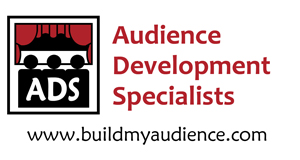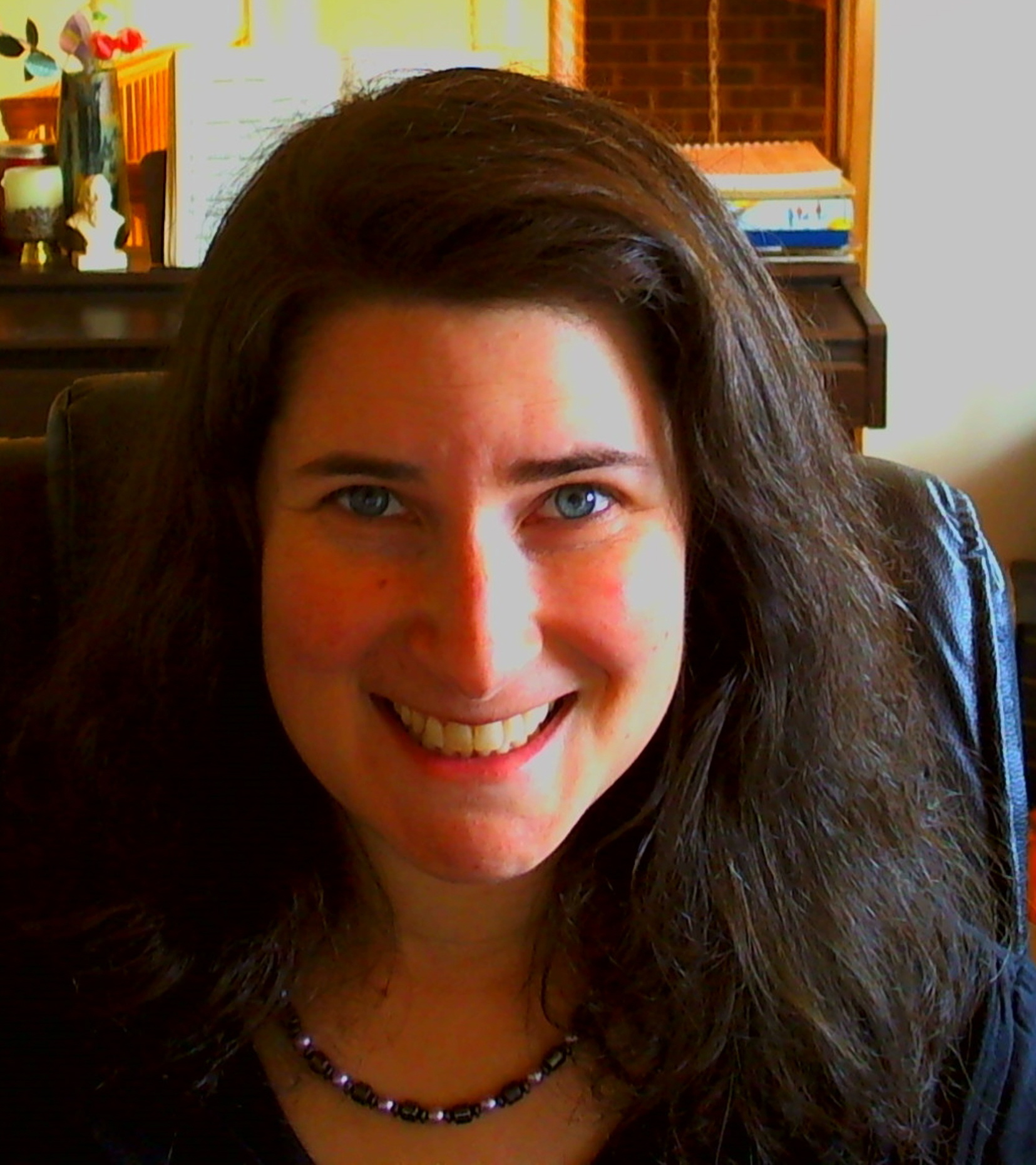We are leading up to the Classical Music Webinar on Friday! Today we have a guest post by Catherine Starek. Catherine is a graduate student with the desire to promote the arts to younger audiences. She came across a particular type of program, symphonic photochoreography, that is being used by some orchestras with great results. The following is her personal experience and opinions about this presentation and how it might be one answer for reaching out to new and younger audiences. Enjoy!
***************************************************************************
Do you ever wish you could ‘SEE’ the power of music?
bv Catherine Starek
If you answered yes, you aren’t alone. Some symphony orchestras are exploring innovative audio-visual performance options, such as James Westwater‘s symphonic photochoreography.
What is symphonic photochoreography? James Westwater explains: “Symphonic photochoreography is an innovative art form that engages audiences worldwide with evocative, multi-image photographic essays choreographed and performed live to selected works of classical music.” Learn more>>
Baltimore Symphony performs a Westwater KCC piece.
I have attended two such performances, combining video and live orchestra. The first was a performance of the Wizard of Oz by the North Carolina Symphony.
Every summer, the NC Symphony performs in Cary’s beautiful Koka Booth Amphitheatre. It is a lovely space with an expansive lawn, acres of surrounding forest, and a uniquely designed wooden stage situated next to Symphony Lake. Members of the NCS staff roamed throughout the crowd, dressed as various Oz characters for the concert and screening of the Wizard of Oz. The children’s faces lit up with glee at the opportunity to meet Glinda the good witch, participate in the pre-concert “instrument zoo,” and stretch out on the lawn with their family for a picnic. It was absolutely delightful.
North Carolina Symphony at Koka Booth (or Emerald City), July 10, 2010
Once the concert began, familiar sights and sounds flooded my senses. Hearing the music live was so exciting and the North Carolina Symphony performed with excellent precision and dynamic passion. The music coordinated perfectly with the moving images on the screen (sound track removed, of course). This was not only one of the most memorable concert experiences I have ever had, it made me appreciate the great talent, musical expression, and dynamism of the North Carolina Symphony musicians even more.
Video Games Live was another spectacular audio-visual performance experience. The Music Center at Strathmore located in North Bethesda, MD presented Video Games Live during their 2010-2011 concert season. The multi-media extravaganza featured renowned video game composer, Tommy Tallarico, and incorporated members of the National Philharmonic Orchestra and Chorale. This too was an interactive audience experience. Some of the highlights included Guitar Hero play-offs, an audience costume contest — although this time, instead of mini Dorothy’s and flying monkeys, Nintendo characters such as the Mario Bros and even Tingle from the Legend of Zelda co-mingled in the hall — and a Video Games Live soundtrack and poster raffle.
Tingle, missing his balloon – Strathmore presents Video Games Live on April 7, 2012
The concert itself incorporated dynamic, rock concert lighting, video game screen shots projected on three enormous screens on stage, and the National Philharmonic performing video game music live. Members of the audience ranged across all generations and people young and old found common ground with video games they had grown up with and loved. I felt like I was in a sports stadium. As the concert progressed, the audience would interact with the performance onstage (without the fear that normally accompanies the interruption of an orchestra). People would laugh, cheer, clap and outright holler with approval. You could tell everyone was having a great time. It was another exciting concert that I will never forget. (Read about the entire experience here>>)
What does this mean in terms of audience development, especially among younger audiences?
The themes running throughout the majority of comments about this type of format run from interactive and intergenerational, to dynamic, exciting, and more. Concerts that stimulate both the visual and audio senses, at least in my opinion, seem stickier. Highly memorable and interactive. Finding common ground with so many members of your community is exciting in itself and I think these concerts provide a forum that makes this possible. It’s not just music, it’s a concert experience...a shared concert experience that becomes a story that audiences want to share with their family and friends.
With innovative partnerships, dynamic multimedia, and exciting, multi-sensory audience experiences such as these, I encourage symphony orchestras to continue thinking outside of tradition, push their creative boundaries, and connect with their audiences in a variety of ways that are relevant and interesting to them. This means you have to know your audience, which takes time and stems from strong relationships. With audio-visual performances to facilitate social interaction and common ground, and enthusiastic, dedicated arts organizations, I think symphony orchestras in the U.S. and abroad have a lot to look forward to on the audience development horizon.
As Ms. Fanizza of Audience Development Specialists would say: “Cheers to happy and loyal audiences!”
What do you think of these “unconventional” performances? Do you think multi-sensory performances are distracting or enhancing to the symphony orchestra experience?
* * *
Recommended Reading
More than Meets the Ear: Orchestras dive into the wide, wide world of multimedia performance. This issue of SYMPHONY Magazine “highlights how orchestras utilize and benefit from multimedia, such as Westwater’s photochoreography (article cover photo).”
The League of American Orchestra’s SYMPHONY magazine.
To read the article, click here>>
* * *
Cheers to happy and loyal audiences,
Shoshana
Shoshana Fanizza
Audience Development Specialists
https://www.buildmyaudience.com
“Never treat your audience as customers, always as partners.”
~James Stewart






[…] We are leading up to the Classical Music Webinar on Friday! Today we have a guest post by Catherine Starek. Catherine is a graduate student with the desire to promote the arts to younger audiences. She came across a particular type of program, symphonic photochoreography, that is being used by some orchestras with great results. The following is her personal experience and opinions about this presentation and how it might be one answer for reaching out to new and younger audiences. Enjoy! […]
Reblogged this on Mezzaphonically Speaking.
[…] We are leading up to the Classical Music Webinar on Friday! Today we have a guest post by Catherine Starek. Catherine is a graduate student with the desire to promote the arts to younger audiences… […]